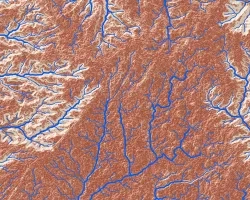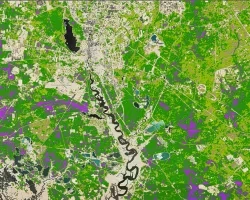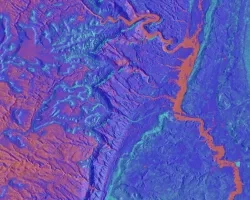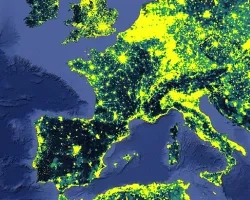Displaying 121 - 130 of 469

Topic
Increasing yearly monsoonal precipitation severity in Navajo National Monument (NAVA) is exacerbating erosion and arroyo cutting, affecting culturally significant archaeological sites in the area. In...

Topic
As New Jersey's population increases, more of this population is relocating to the wildland-urban interface (WUI) of the south-central Pinelands region. Due to this increase...

Topic
North Dakota and Georgia are two of the largest commercial agricultural producers in the United States, with a combined crop value of over 11 billion...

Topic
The Osa Peninsula, located in the southern region of Costa Rica's Pacific Coast, is one of the most biologically-diverse places on Earth and is a...

Topic
Salt marshes provide valuable ecosystem services, including protection from coastal storms, erosion control, carbon sequestration, improved water quality, and ecological diversity. Plum Island Estuary (PIE)...

Topic
Dissolved oxygen levels have been declining in the Puget Sound since 2000 due to eutrophication, resulting in harmful algal bloom (HAB) events, which negatively impact...

Topic
With the aim of improving air quality and mitigating increases in land surface temperature (LST), the city of Richmond, California, and partnering organizations have planted...

Topic
Since 2015, bark beetle infestations have increased in the southeastern United States, increasing the potential for devastating wildfires. Bark beetles infestations begin in small spots...

Topic
Since 1971, federal agencies have been tasked with managing burros in federally-designated herd management areas (HMAs). Because these areas are often large and remote, obtaining...

Topic
Vector-borne diseases, caused by pathogens and parasites, are transmitted through living organism carriers known as vectors. Mosquitoes are the most common disease vectors and transmit...